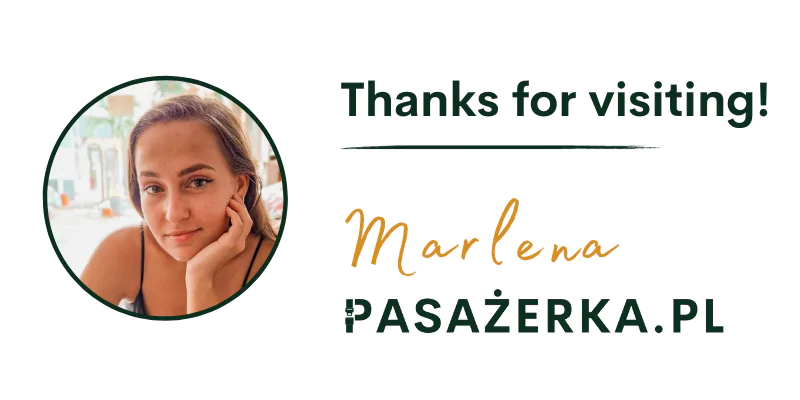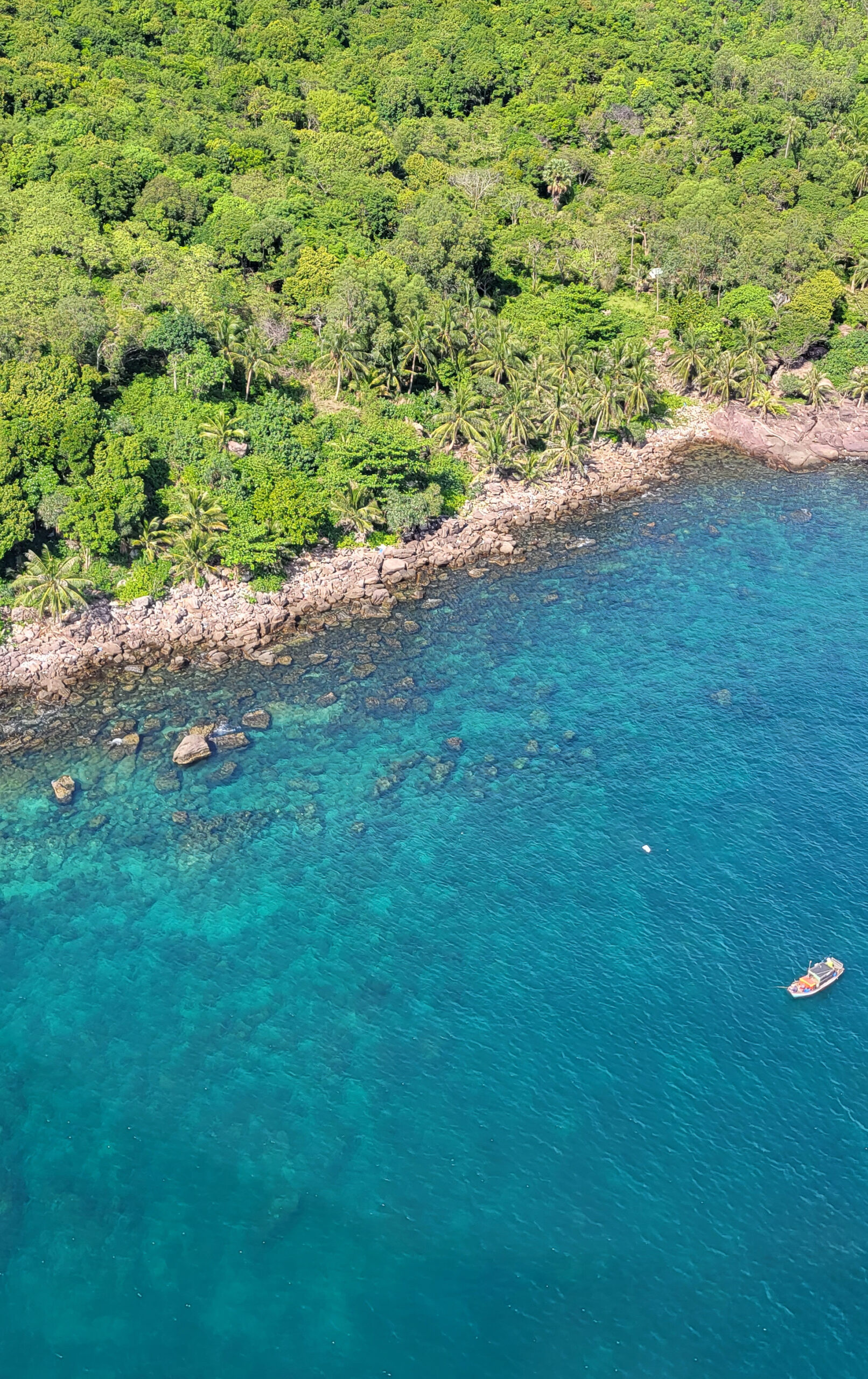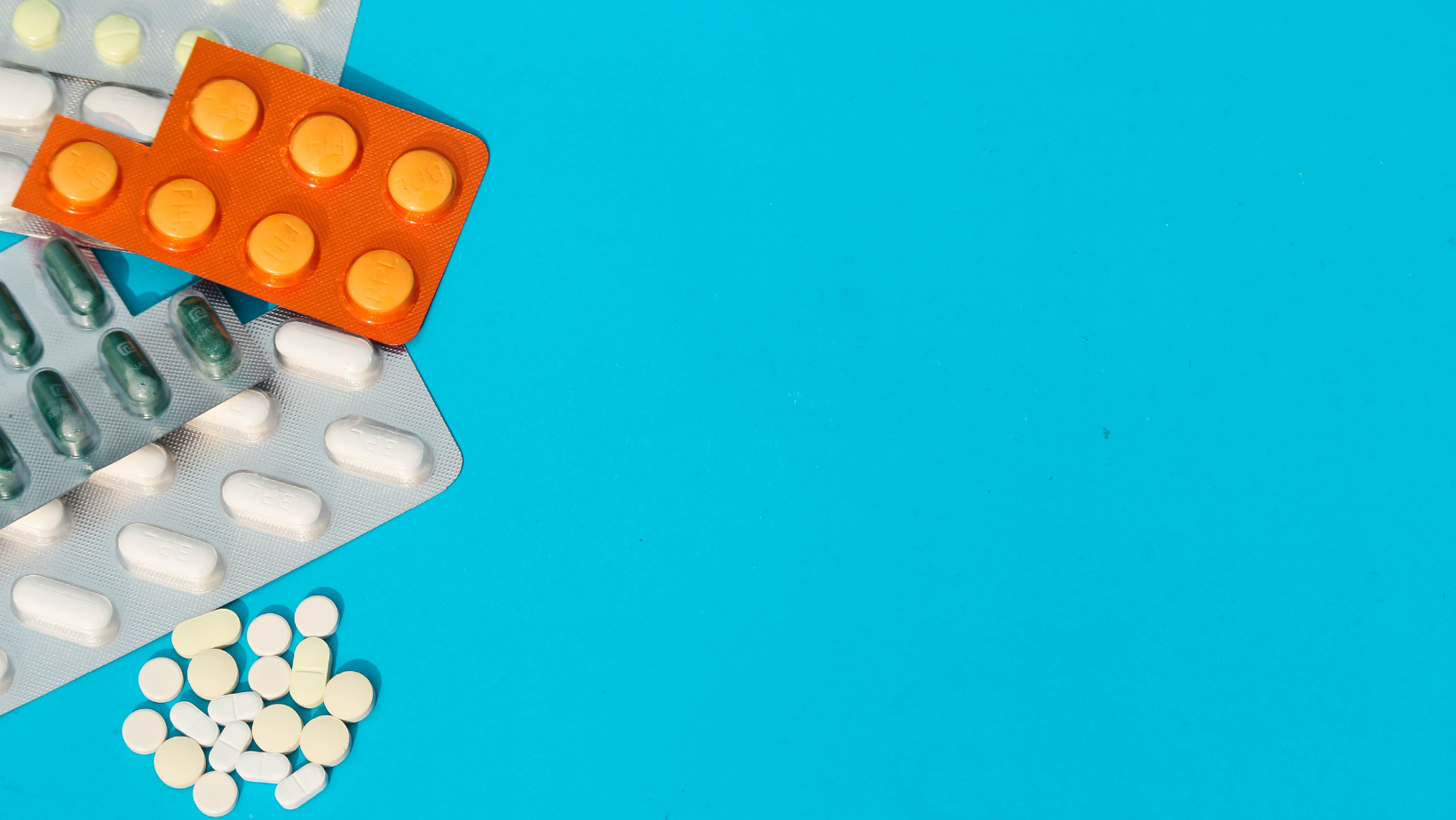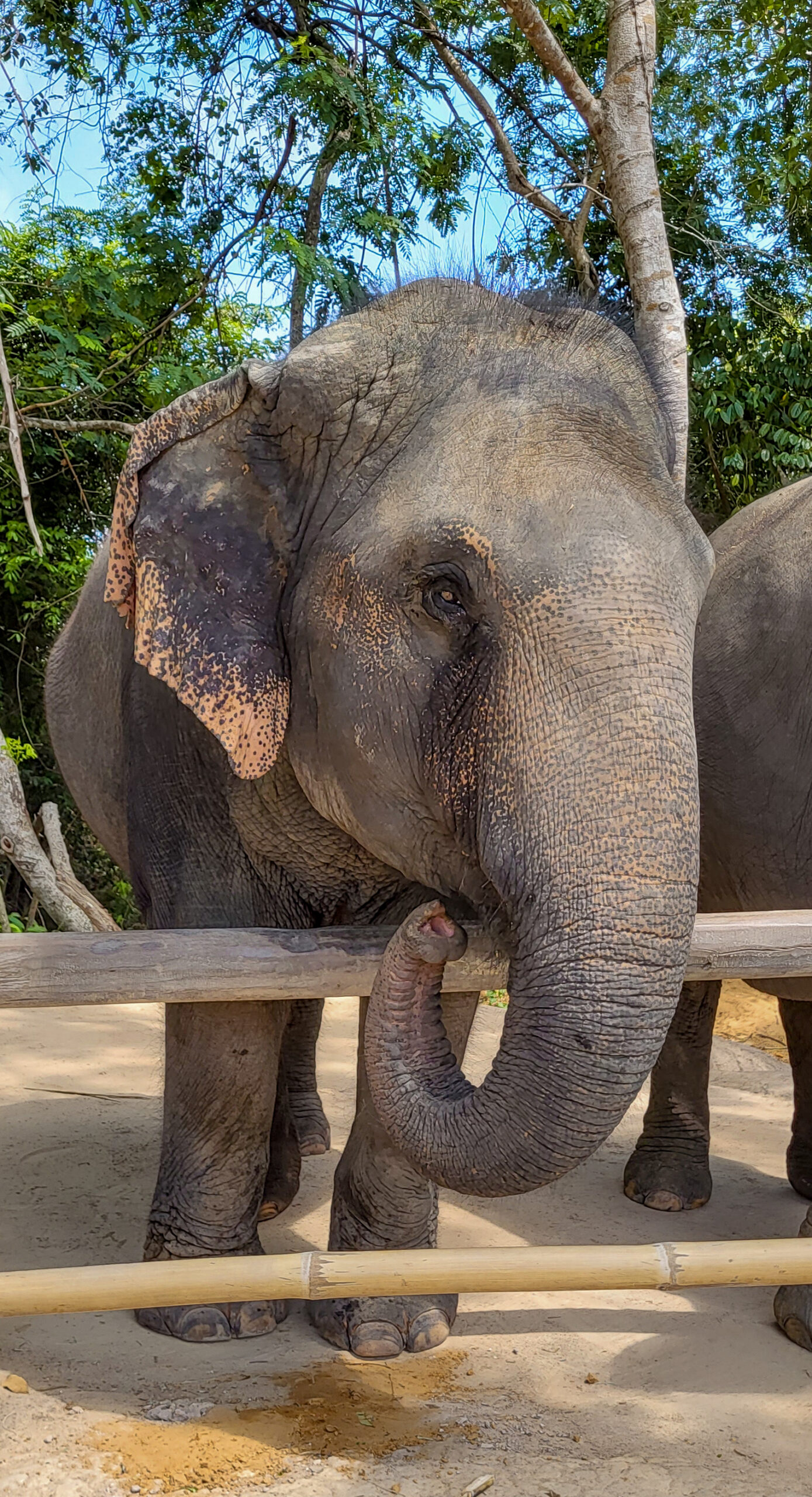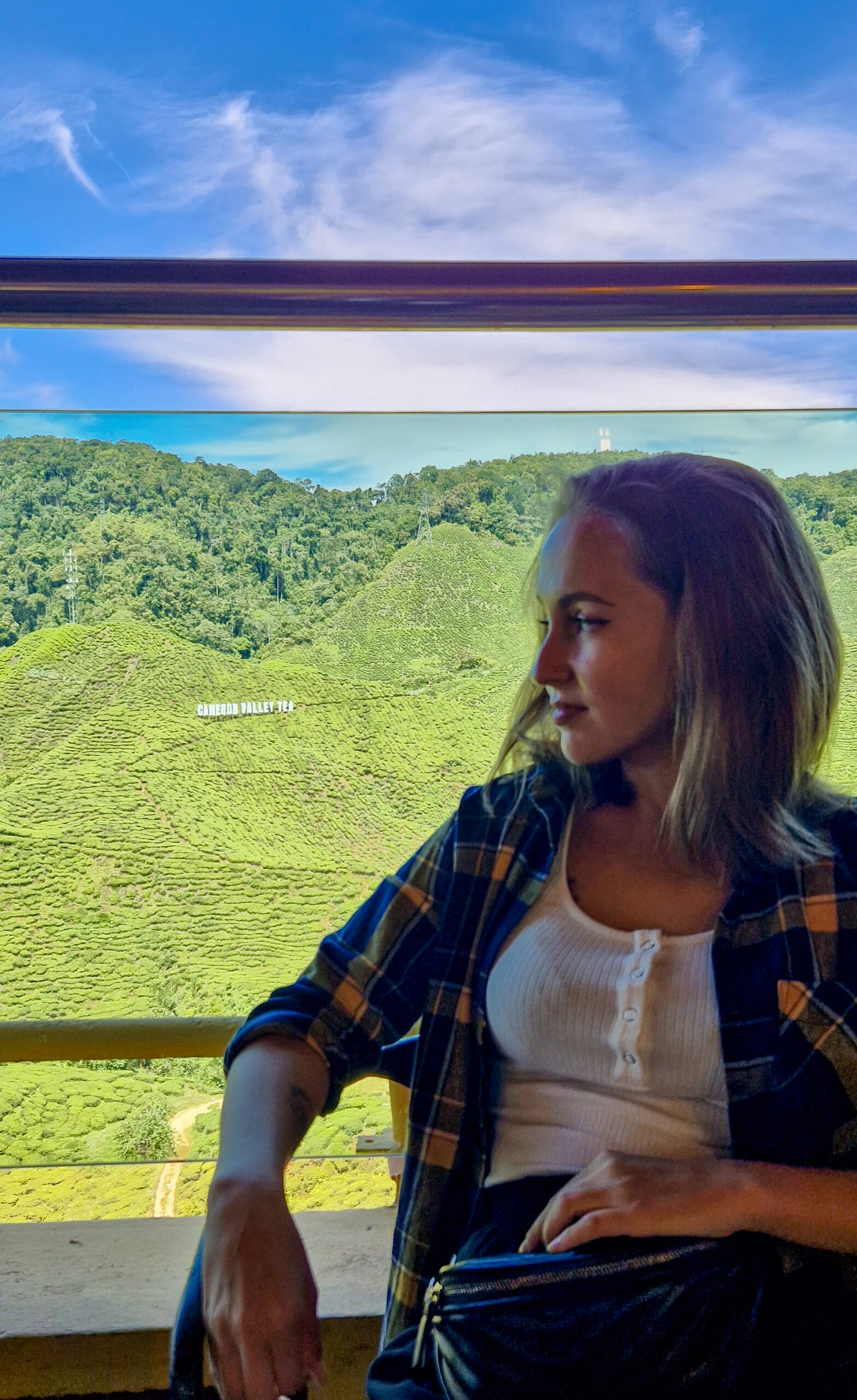Kep | Cambodia | Ha Tien | Vietnam | Border crossing | Kampot | Kep, Cambodia
When crossing the Vietnam – Cambodia border, we had no idea how long it might take us. There are many legends about difficulties at border crossings, about corruption, slow guards and complicated bureaucracy. Some of these accusations are actually true (if we are talking about the border crossing in Ha Tien), but the reality is not that cruel. Therefore, R. and I decided to spend a few pleasant days in Kep, the closest town on the border with Vietnam. We had no plan on how to get there, so the entire journey was spontaneous.
How to get to Kep in Cambodia?
From the Ha Tien border to the town of Kampot, via Kep, a bus departs every day around 1:00 pm. The departure time is very flexible, because it’s Asia after all :). After a successful border control, I recommend resting in a local pub and looking out from time to time for an approaching old-school bus. We were instructed by polite locals. If you cross the border later, according to the locals, you are stuck with taxis and tuk-tuks.
How to get to the Ha Tien border crossing?
When you are still on the Vietnamese side, it’s necessary to arrange transport to the border. There is no GRAB (Asian replacement for Uber/Bolt) in Ha Tien, so you have to look for other solutions. Walking from the city center is not an option, the distance is definitely too long. Surely some polite locals will approach you with the above suggestion for an appropriate fee. Locals are aware that tourists go to this area for two purposes:
- Getting to Phu Quoc Island,
- Crossing the border with Cambodia.
In our case, in the port, after returning from Phu Quoc, a polite Cambodian talked to us. For a few dollars per person, he offered us transport to the border and tickets for the bus going to Kep. Have we overpaid? For sure, but at that moment we didn’t have many alternatives.
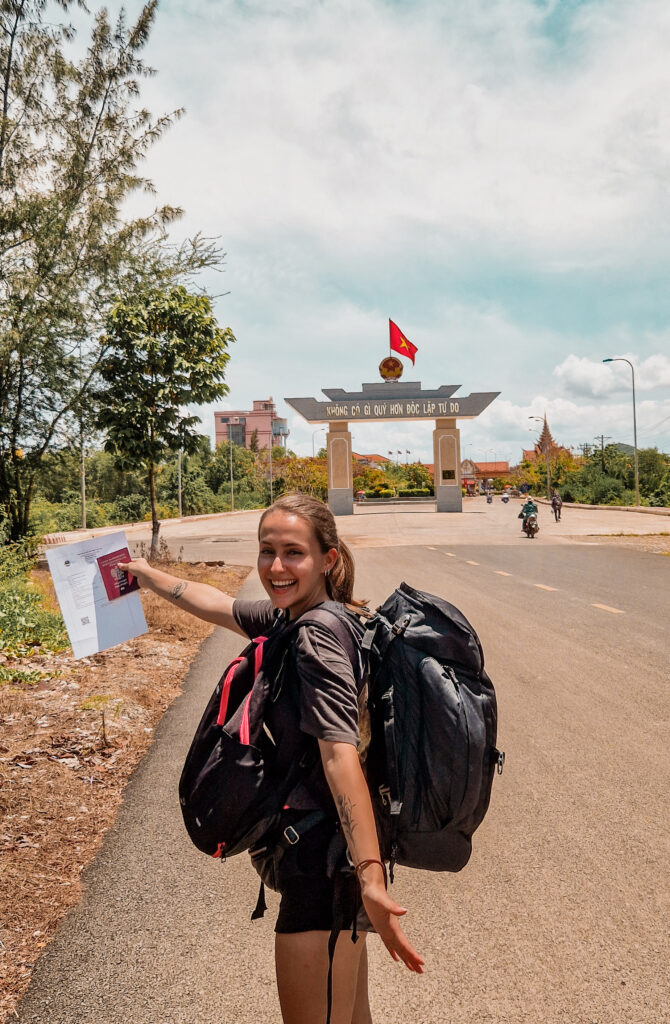
What does the border crossing look like?
The process on the Vietnamese side is simple because it doesn’t require you to take too many actions. You head to the first building you come across, where you find windows with seated guards. You hand over your passport and a printed visa with the place of departure from the country marked on it and wait. The guards didn’t ask any questions, stamped us and directed us further towards the Cambodian checkpoint.
There, the process required a bit of patience and compromise. First of all, you need to know that you can buy a visa to Cambodia on the spot. You don’t have to apply for it online, like in the case of a Vietnamese visa.
In the building, officers will direct you to the appropriate counter and help you with the entire visa procedure. Your main task is to complete the data on the received form. The price of a one-month visa is $35. The amount increases to $37 if you do not have a passport photo. According to many tourists, an additional fee for not taking a photo is nothing more than a bribe. Even if this is the case, let’s be honest – no one will argue with the officers.

At the border, there may be another charge waiting for you, called a “health check.” The guard is supposed to check your health and temperature to make sure you are not infected. I read in the comments that they also charge $1 for this service, but that didn’t happen to us.
Tips
Overall, I recommend this border crossing! We didn’t experience any rudeness, we didn’t have to wait long, and the guards didn’t ask too many questions. Everything went smoothly and efficiently.
- Keep smaller denomination banknotes on hand. Don’t expect that if you provide an uncalculated amount, someone will try to give you the rest at all costs… 😉
- If you cross the border on foot, be aware that the distances between buildings are large. Add to the situation an open concrete space, glaring sun, luggage on your back and possible queues. A hat and water are recommended!
Kep, Cambodia – where to sleep, what to eat?
The beginning of the journey to Kep is like traveling back in time – moving into picturesque landscapes where the green of the mountains, the blue sky and the sound of the sea waves merge into extraordinary harmony.
Kep was a resort for wealthy and educated Cambodians. After the turbulent history of this country and the takeover of power by the Khmer Rouge, all that remained of the intelligentsia were deserted villas on the coastline. Now these areas are often visited by tourists from other parts of Cambodia. During our stay, we didn’t meet many travelers from other parts of the world.
Accommodation
The accommodation in Kep is sufficient to find a pleasant homestay of a certain standard. Hotel prices start around 35 PLN (8,50 EUR) per night and go as high as 1000 PLN (232,00 EUR). Around 120,00 PLN (28,00 EUR) per night, you can find really good hotels with breakfast included in the price. I recommend looking for accommodation closer to the center. The city is long and stretches along a large part of the coast. Of course, if you include renting a scooter, the distance from the city doesn’t matter that much.
We decided to stay overnight at PINA HOUSE – a nice, low-budget homestay, which I described in THIS ENTRY.
Restaurants and street food in Kep, Cambodia
Kep is full of restaurants specializing in seafood. There are especially many of them located along the shoreline, on the promenade leading through part of he city to the Crab Market. If extravagant seafood dishes at 15 $ are not your fable, than look for street foods. You can eat there deliciously for 1/3 the price.
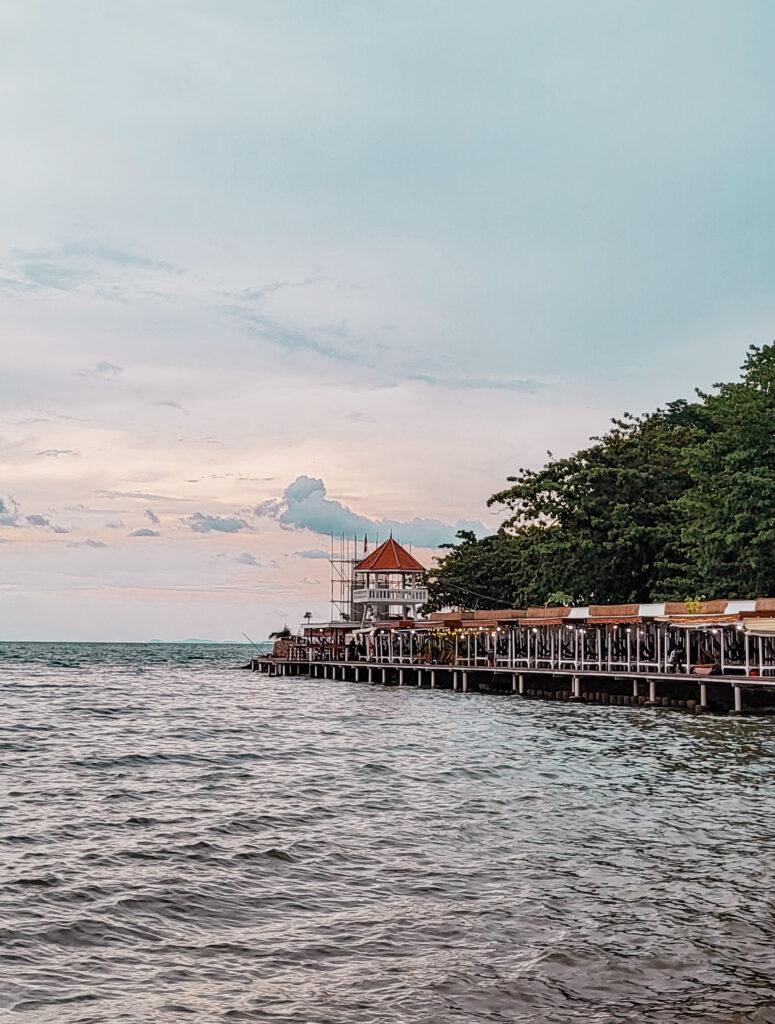
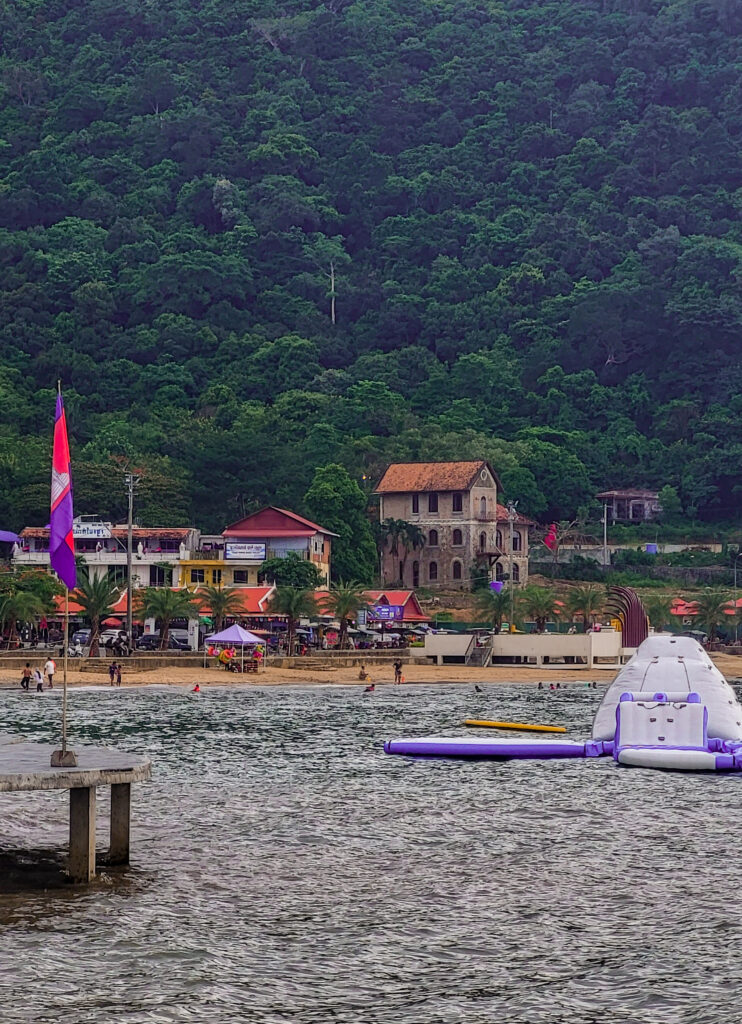
Another solution is to eat outside the center. One day we went to the Crazy Good restaurant on the outskirts of the city and what can I say… it was crazy tasty 😉
Kep, Cambodia – what does the city of crab have to offer?
Crab Market
Kep is the city of crabs and all kinds of seafood. The biggest attraction is the Crab Market, a large market where you can buy all kinds of seafood, as well as other interesting food products. The atmosphere at the market is dense and dark, which honestly added to vibe. Going deeper, the market is completely shaded and the air is filled with smoke and the intense aroma of fried fish.

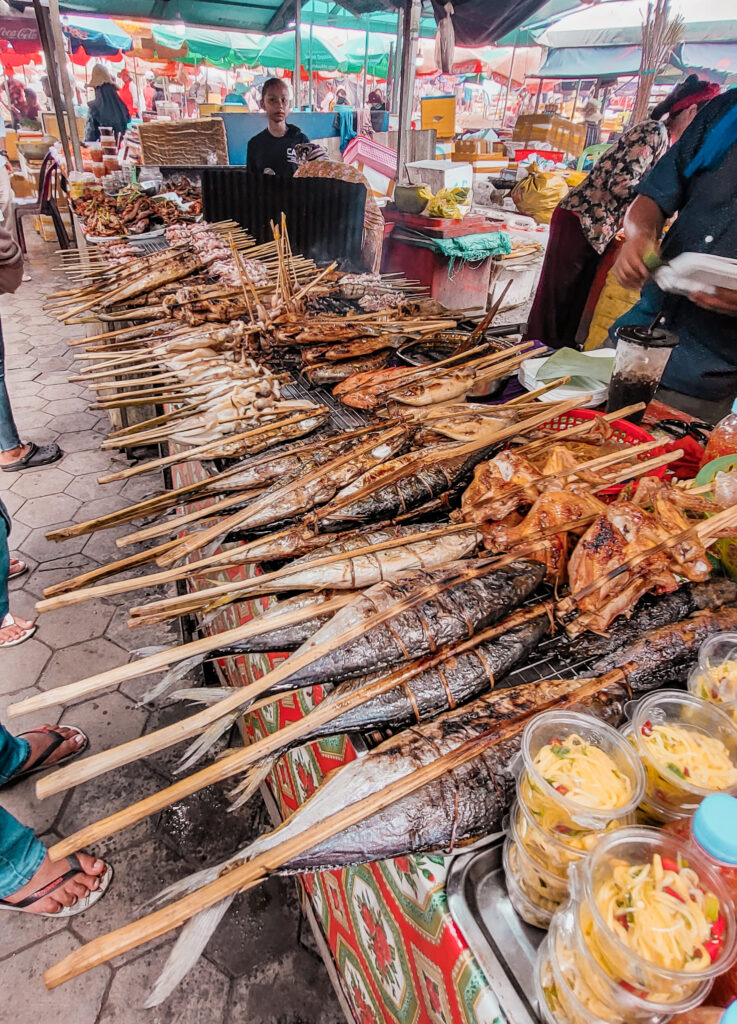
City Center and beach
The city stretching along the coastline has a modest center, located next to the city beach. You won’t find many attractions there, but you can always take a walk and eat some street food. I do not recommend swimming on this beach because the water is polluted and a sewage outlet can be seen a bit further. The biggest attraction here seems to be the large blue crab monument, which is actually quite cool ;).

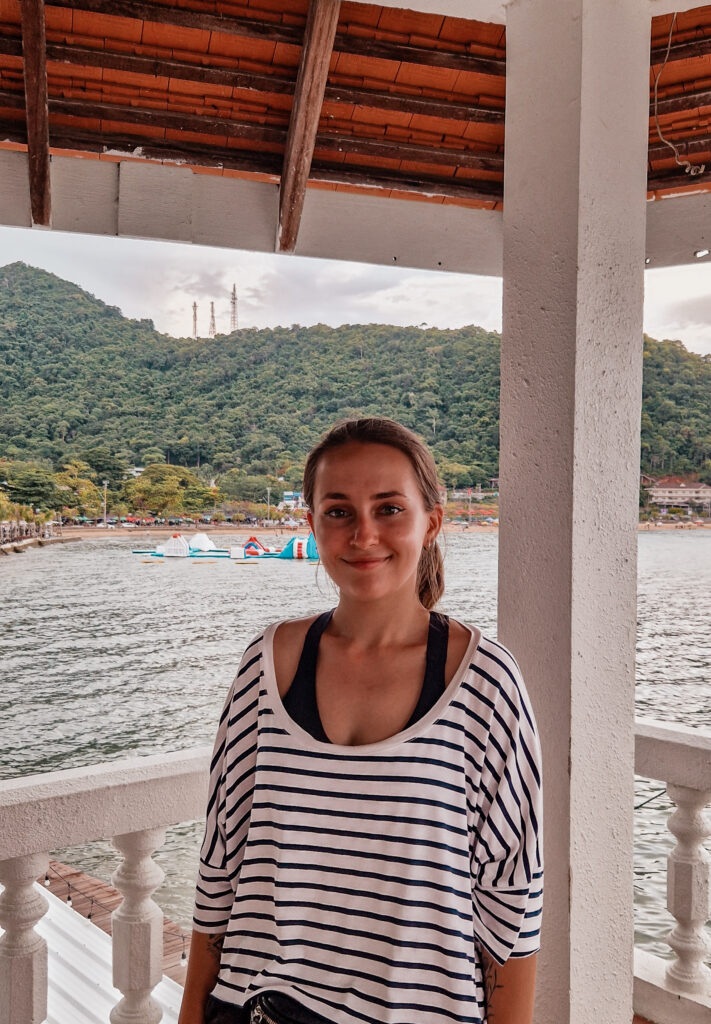
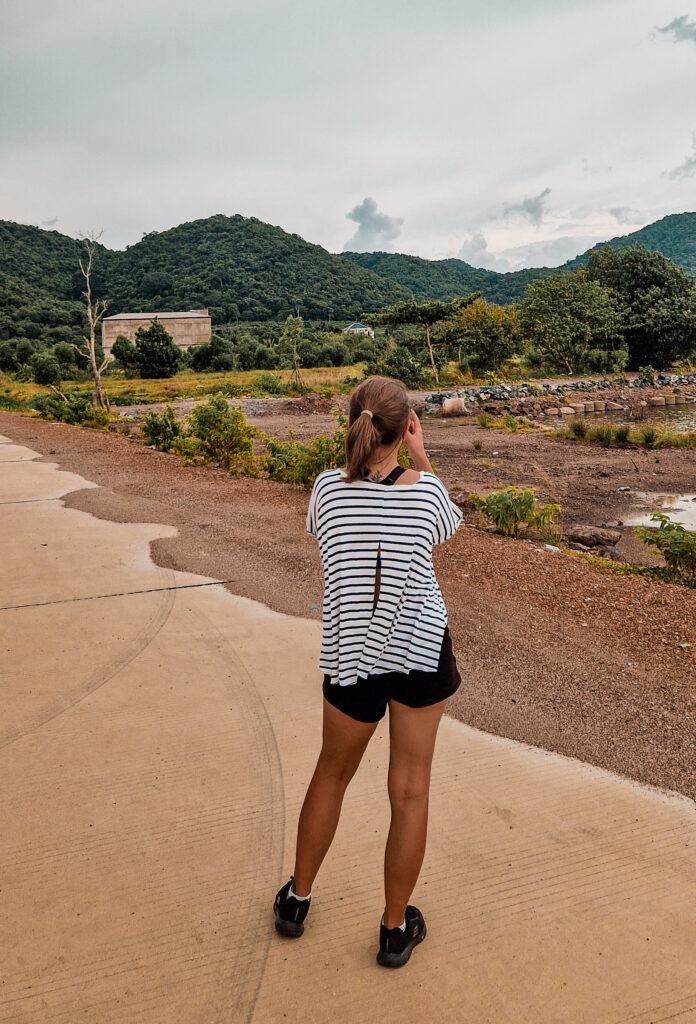
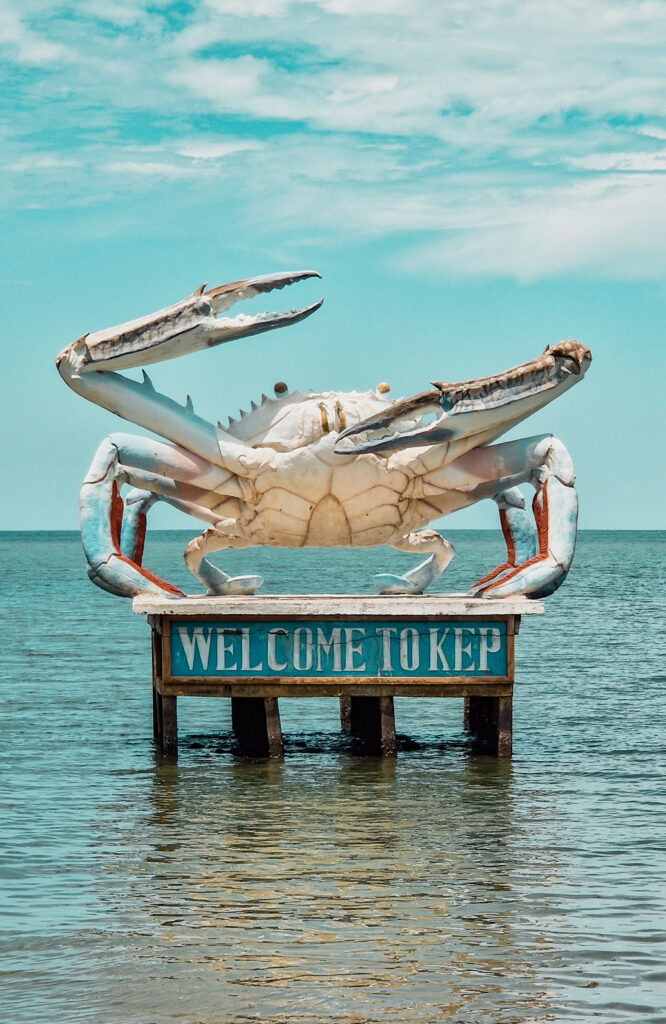
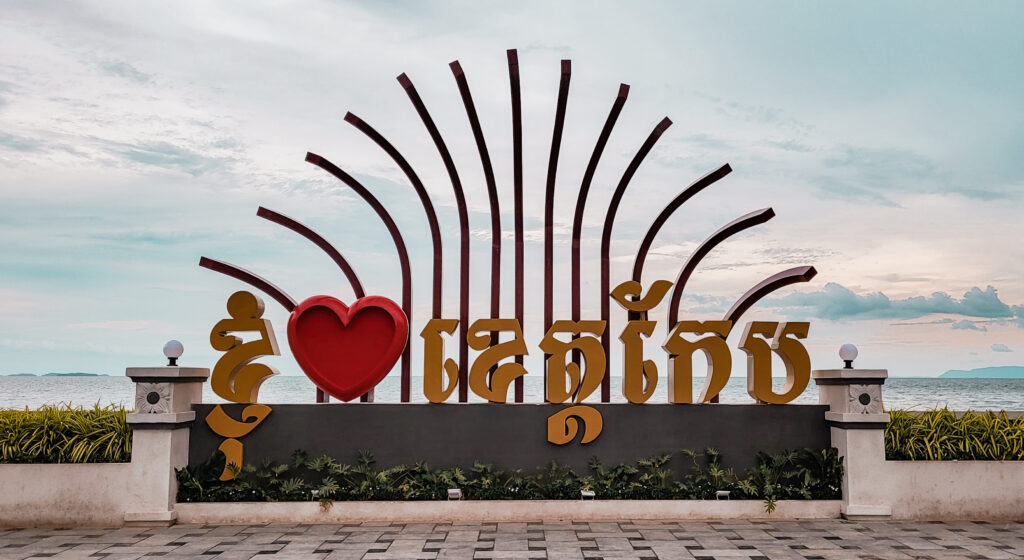
National Park in Kep, Cambodia
Due to the extreme temperatures that prevailed in Cambodia during our stay, we decided not to take a walk in the park. The entire path is approximately 8 km long, which seems to be a very long distance to cover during such unfavorable weather. Opinions are mixed, tourists complain about the concrete road, which takes away the charm. I am sure that it is still worth visiting the park and paying $1 for admission, because the greenery in this area is amazing. We also saw monkeys for the first time in Kep, and apparently there are quite a lot of them in the park!
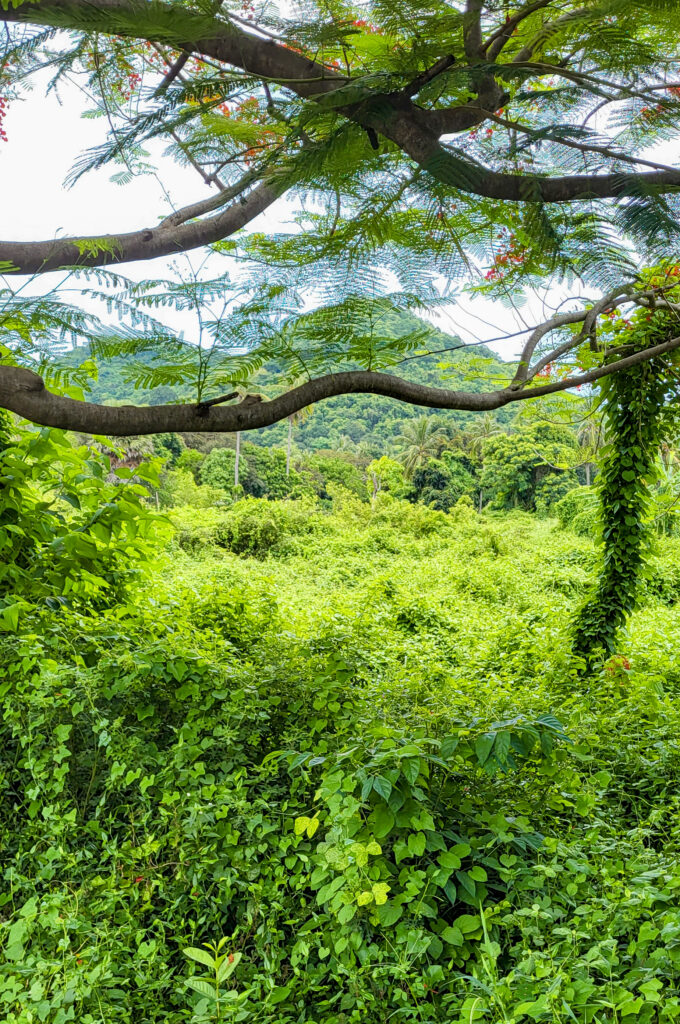
The peppery province
Exploring the province on a scooter
When I think „Kep” I see quiet, lazy villages and towns. I see dusty dirt roads, lush green forests and a national park. This area is conducive to traveling by scooter, because there is little traffic, wide roads, and fuel is cheap and easily available. I definitely recommend exploring the area this way. The only drawback that will probably bother you is the dust floating on the dirt road. Every time a scooter or a car or bus overtakes you, there will be constant clouds of red dust on it. Cambodia is dominated by red ferralite soils – hence the characteristic shade of the earth. After several hours of the route, our clothes and ourselves gained a new, earthy color.
Pepper plantations – Kep, Cambodia
The main attraction in these areas are pepper plantations. Pepper is one of the main agricultural products in the region, and pepper plantations are an important part of the local economy. Cambodia, including the Kep region, is famous for the production of high-quality pepper, especially black pepper. In the vicinity of the city you can find several smaller and larger farms where this spice is grown.
We, tempted by the positive reviews, decided to visit Sothy’s Pepper Farm plantation. This is a plantation where the owners and employees will give you a free tour of the farm, tell you about the vegetation growing there and the process of making the spice. At the farm, you’ll visit a sizable orchard with fruit trees, enjoy a cup of tea, and if you get hungry, they’ll prepare a delicious lunch for a few dollars.
The visit to the plantation is educational. During our approximately 2-hour stay, we were provided with a lot of knowledge related to pepper cultivation. As a thank you, we decided to eat lunch there, because, as I mentioned, the visit to the farm is free. Moreover, not once did anyone suggest we buy something in the souvenir shop, which didn’t happen very often when traveling around Asia. Overall, we felt that the kindness of the people working there was completely disinterested.
If you decide to visit this place, it is worth knowing that there is an opportunity to volunteer for a week, during which you help on the farm in exchange for accommodation and food.

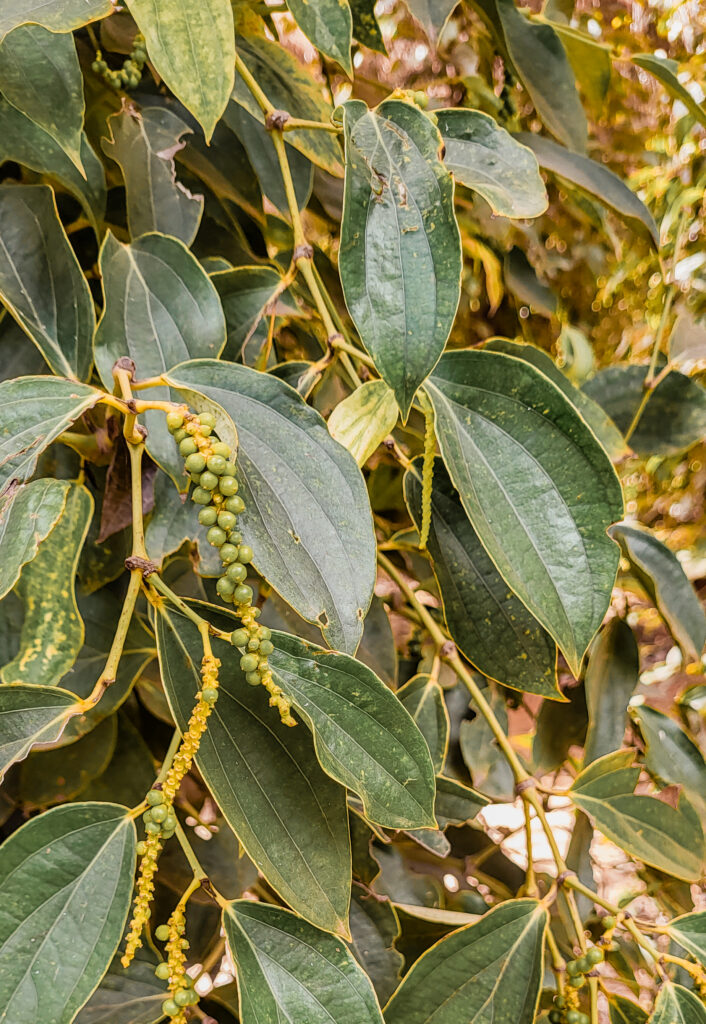
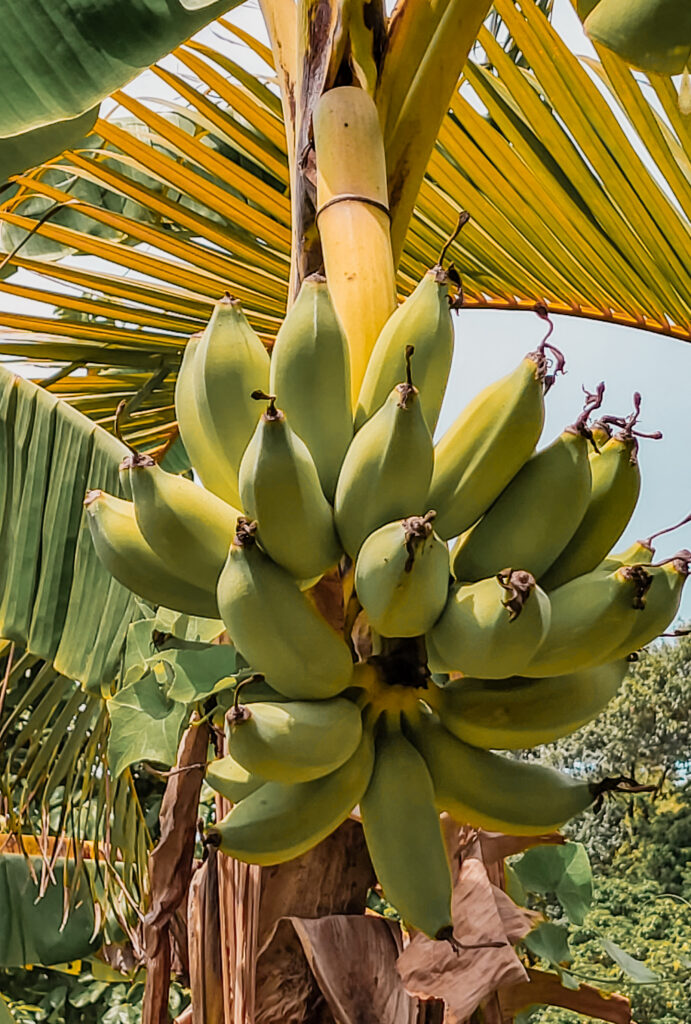
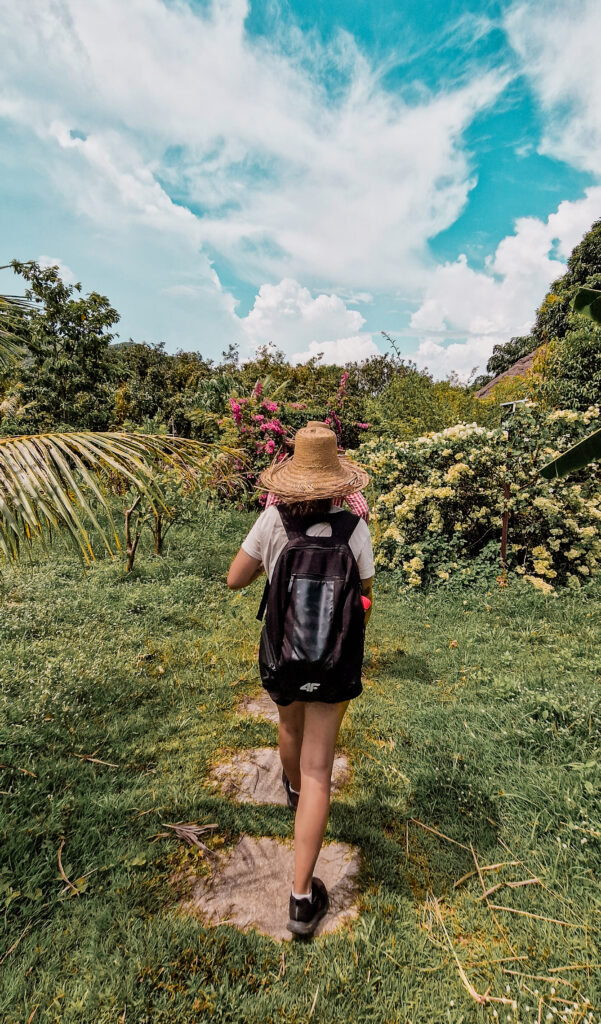

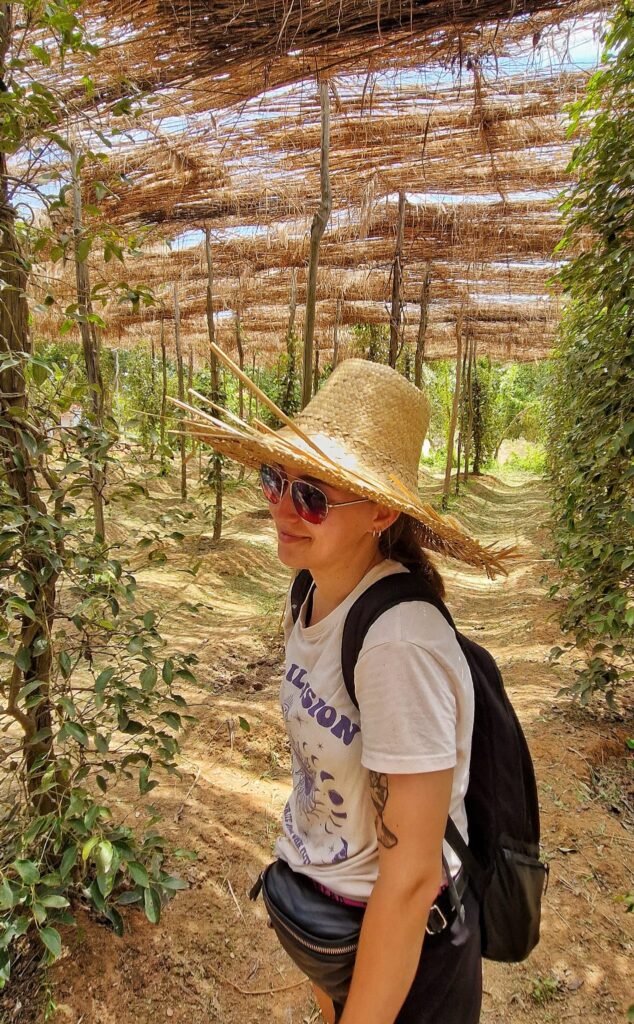
What route for a scooter?
Returning from the pepper plantation, one of the workers suggested we return to Kep by an alternative route. Toward the farm, we used the route that Google Maps suggested. This route, of course, was the shortest, but not as interesting as the one recommended! If you want to take a drive around the region, be sure to ask the farm workers. They will explain to you exactly how to go, because parts of this route are not mapped correctly on Google Maps. If it weren’t for the directions, we would have taken the wrong road, because the roads are obviously not marked in any way.
On this route, you will experience almost endless wilderness, temples, salt fields and rural provincial life.
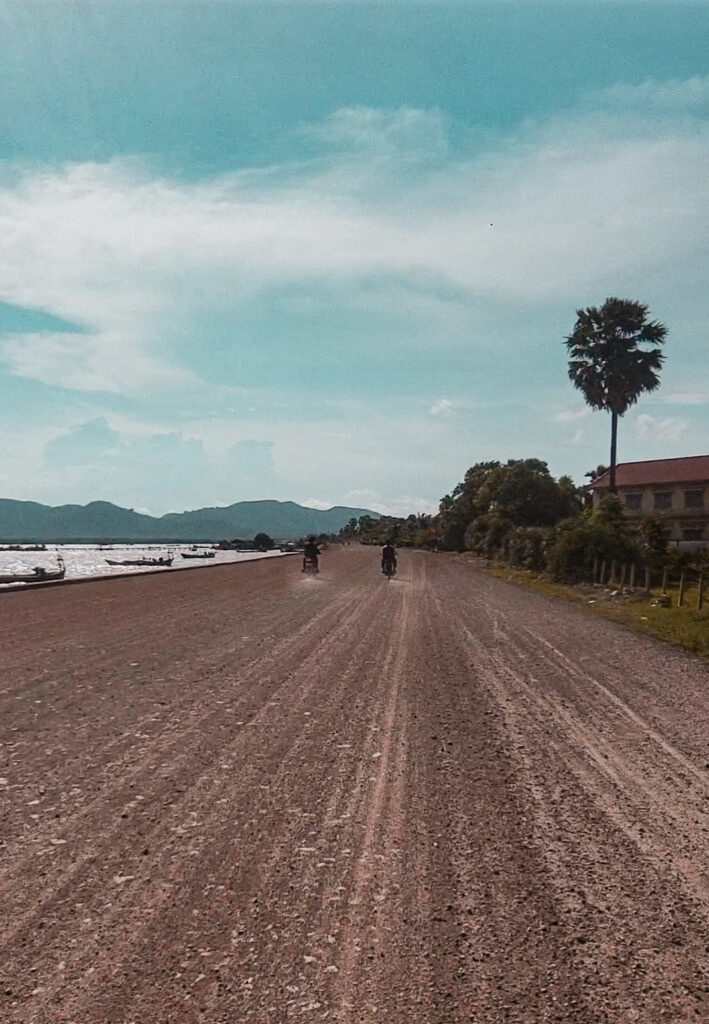
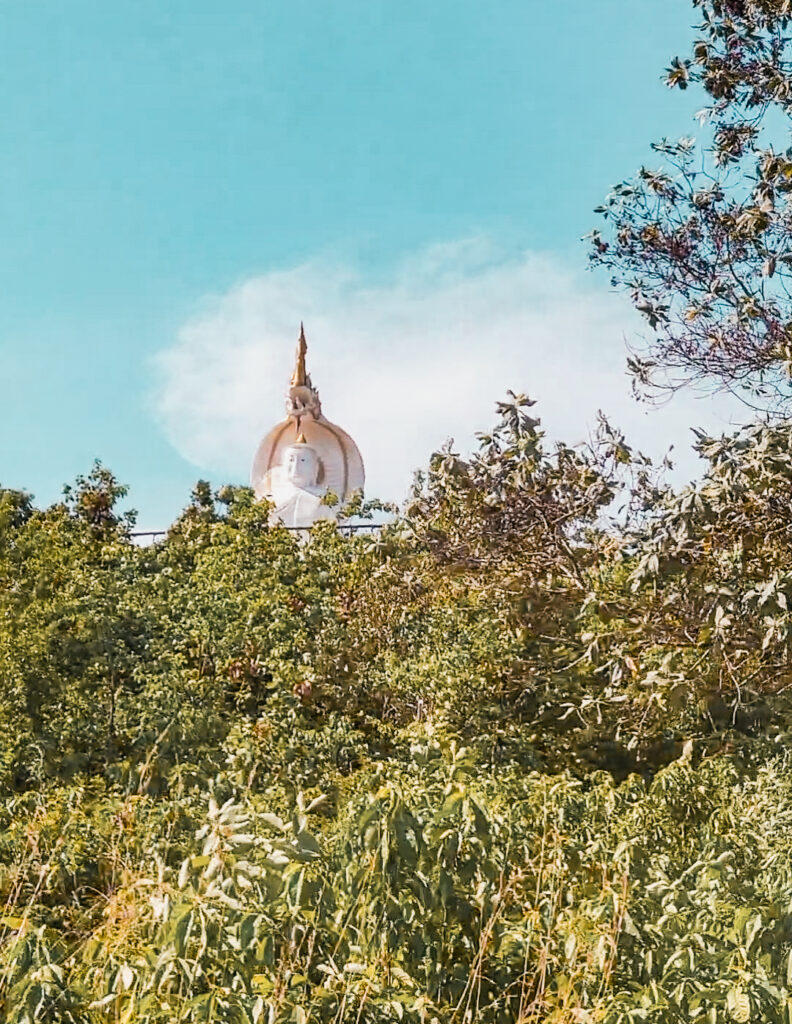
Other attractions in Kep province, Cambodia
- Salt Fields – to complete with pepper,
- A very popular cafe overlooking the city – Led Zep Cafe
- Mangrove forest,
- Ruins of colonial villas – something for urbex fans,
- Koh Tonsey – Rabbit Island, accessible from the harbor in Kep Town.
